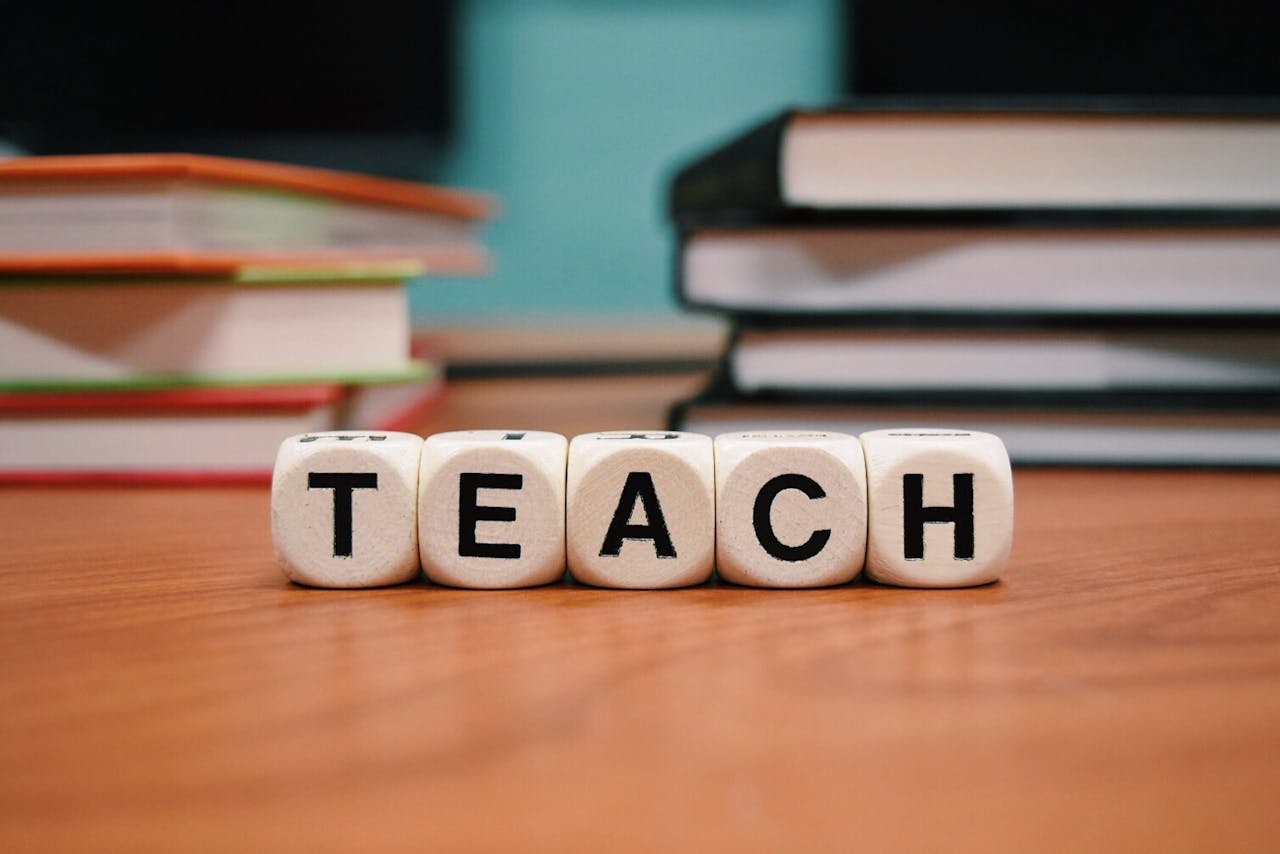The Art of Studying: More Than Just Books and Notes
By Tchr. Adebisi Tokunbo Olayinka (Executive Director Zuriel Premier Academy
At Zuriel Premier Academy, we believe that studying is more than a routine—it’s an art form. It’s the quiet discipline that turns goals into results, the daily practice that transforms potential into achievement. But like any true art, studying isn’t just about repetition or memory drills. It’s about mindset, method, and mastery.
In a world overflowing with distractions, mastering the art of studying sets students apart. It’s not about who studies the most, but who studies best. That’s where we come in.
Through this guide, we invite you to explore how studying—when done intentionally—can become a powerful tool not just for academic success, but for lifelong learning. Whether you’re a student striving for top marks, a parent supporting your child, or a lifelong learner chasing excellence, this is your blueprint to turn studying into something truly impactful.
Welcome to a smarter way of learning. Welcome to the art of studying—with Zuriel Premier Academy
The Art of Studying: More Than Just Books and Notes
Studying isn’t just about passively flipping through textbooks or memorizing notes. It’s an evolving process of engaging with material, actively thinking, and building deeper connections to the knowledge you want to acquire. The true art of studying goes beyond traditional methods, embracing diverse strategies that stimulate the brain and create lasting learning experiences.
1. Active Engagement with Content
Active studying involves interacting with the material, not just reading it. This could be through methods like summarizing concepts in your own words, asking yourself questions about the material, or teaching the content to someone else. The process of rewording or explaining complex topics forces you to understand the material on a deeper level, instead of just recalling facts.
Example: Try the Feynman Technique. After reading a section, try to explain it as if you’re teaching someone who has no prior knowledge of the subject. This forces you to simplify the information and identify any gaps in your understanding.
2. Visual Learning and Concept Mapping
Many students focus primarily on text-based material, but for visual learners, diagrams and concept maps can provide a clearer understanding of relationships and concepts. Drawing mind maps or flow charts not only makes the material more visually appealing but also aids memory retention by engaging different parts of the brain. This type of visual organization can also help identify patterns and connections between ideas, which might be missed in linear note-taking.
Example: Create a concept map for a chapter in a biology textbook, linking the key processes and terms, then go over it multiple times to reinforce the relationships between ideas.
3. Multisensory Learning
Engaging multiple senses can help deepen understanding and memory retention. Listening to audio lectures or podcasts while you review notes, or even using tools like flashcards with images, can activate different parts of the brain. Additionally, moving around while studying (e.g., walking while reviewing flashcards) can improve focus and information retention.
Example: Use apps like Quizlet to create flashcards that include not just text, but also images or audio clips related to the subject matter.
4. Setting Intentional Study Goals
Rather than diving into a study session with no clear plan, break down your material into manageable chunks and set clear, achievable goals for each session. This helps maintain focus and gives you a sense of accomplishment as you check off each milestone. Setting intentions before each study block can also guide your focus, reduce procrastination, and enhance productivity.
Example: Before starting a study session, set a goal like: “Today, I will understand the basics of photosynthesis and summarize it in my own words by the end of the hour.”
5. Interleaving and Spaced Repetition
Traditional study methods often involve cramming large amounts of material in one go. However, research shows that spreading study sessions over time (spaced repetition) and mixing different subjects (interleaving) can lead to better long-term retention. Instead of focusing on one subject for hours at a time, switch between topics to promote better understanding and memory.
Example: If you’re studying for a history exam, alternate between reviewing chapters on different historical periods every 30 minutes. This improves your ability to recall information across different contexts.
6. Environment and Focus
The environment in which you study plays a crucial role in productivity. A cluttered, noisy, or distracting space can reduce focus, while a quiet and organized study area can help you concentrate. Consider your study environment carefully—everything from lighting, seating, and even the type of background noise (such as instrumental music or white noise) can impact how effectively you study.
Example: If you’re studying at home, try creating a dedicated study zone with everything you need within arm’s reach. Keep your phone out of sight to reduce distractions.
7. Self-Care: The Foundation of Effective Study
Studying isn’t just about mental effort—it also requires physical and emotional well-being. Regular breaks, physical activity, and proper nutrition are crucial to maintaining focus and energy. Sleep plays a key role in consolidating new memories, so never underestimate the power of a good night’s sleep before a big study session or exam.
Example: Incorporate the Pomodoro Technique—study for 25 minutes, followed by a 5-minute break. After four sessions, take a longer break (15-30 minutes). Use this time to stretch or go for a short walk to refresh your mind.
8. Reflecting on Progress
To truly master the art of studying, it’s essential to reflect on your progress and adapt your strategies when necessary. Regularly assess what techniques are working and what isn’t. Keep track of how your study habits evolve and adjust them according to the subject matter or your current academic needs.
Example: After each test or exam, review your performance to see which study methods worked best, and think about how you can improve for the next session.
The art of studying requires creativity, consistency, and an open-minded approach. When you start viewing studying as more than just reading and memorizing, you’ll unlock new ways of engaging with the material that not only improves your knowledge but also makes learning a more enjoyable and sustainable process. By embracing different methods, practicing self-care, and adapting your study techniques, you can turn studying into an enriching experience that goes far beyond textbooks and notes.
Powerful Closures: Leaving a Lasting Impression
In the end, mastering the art of studying isn’t about cramming facts or chasing grades – its about nurturing a mindset that seeks understandg, embraces curiosity, and perseveres through challenges. At Zuriel Premier Academy, we believe that every learner has the potential to turn knowledge into power and dreams into reality. When study becomes a discipline, a habit, and a joy, the possibilities are limitless – and the future belongs to those prepared for it –Tchr. Adebisi Tokunbo Olayinka (ED. Zuriel Premier Academy)



